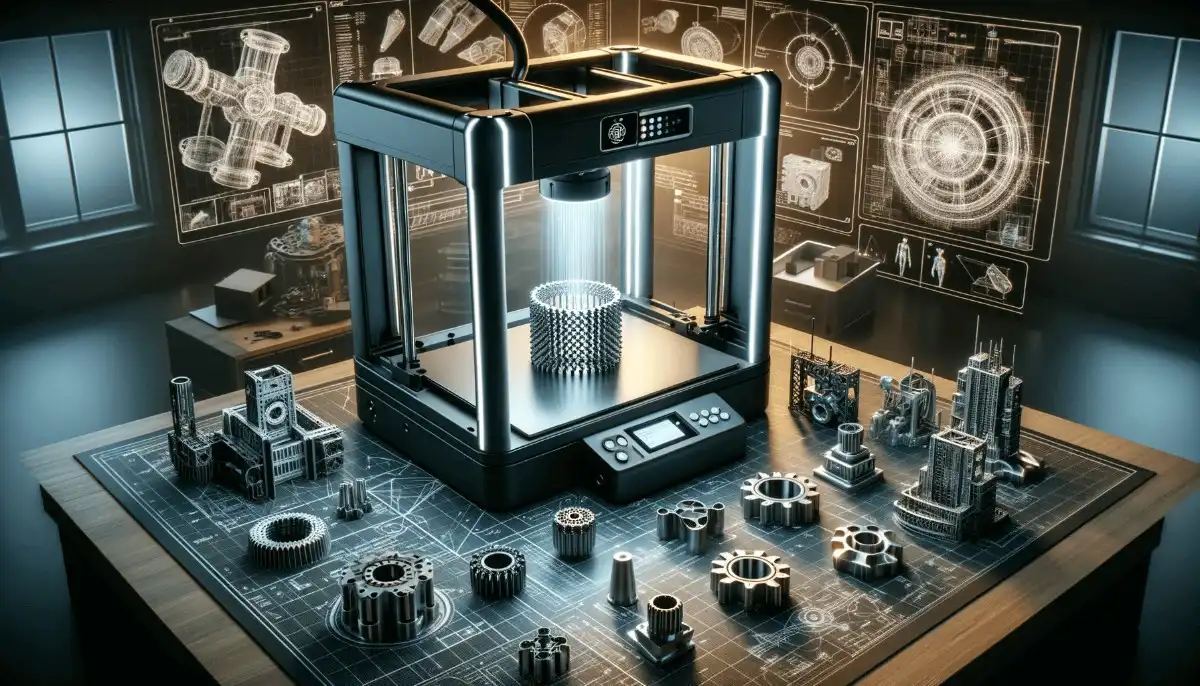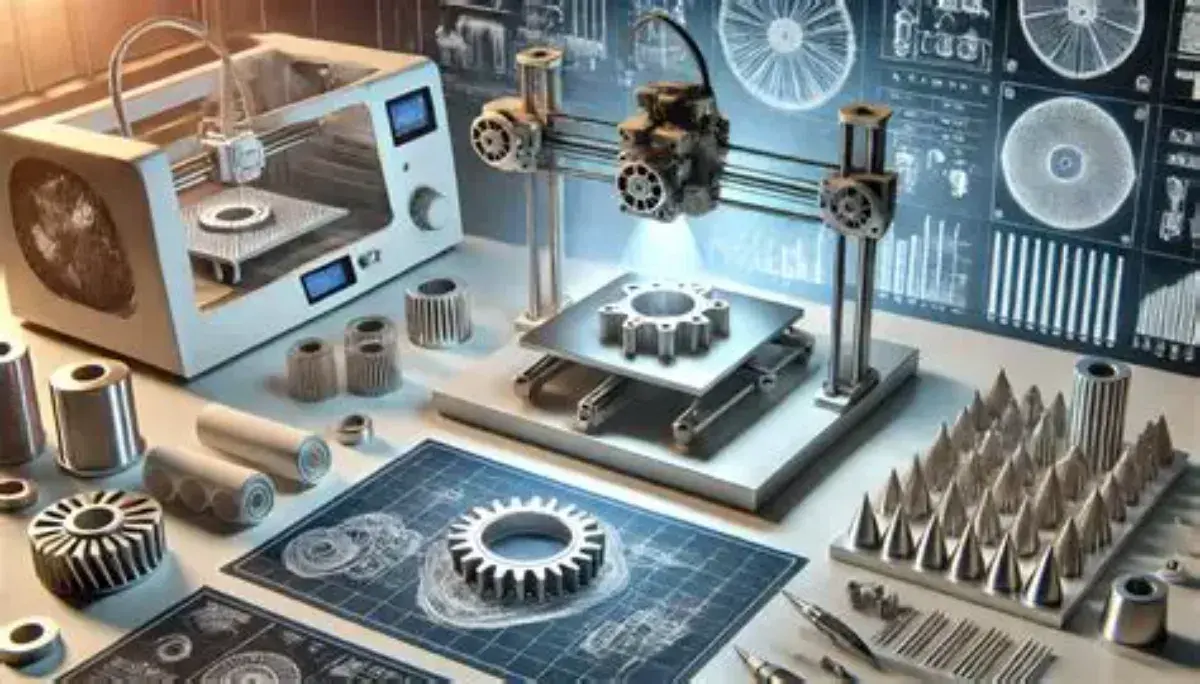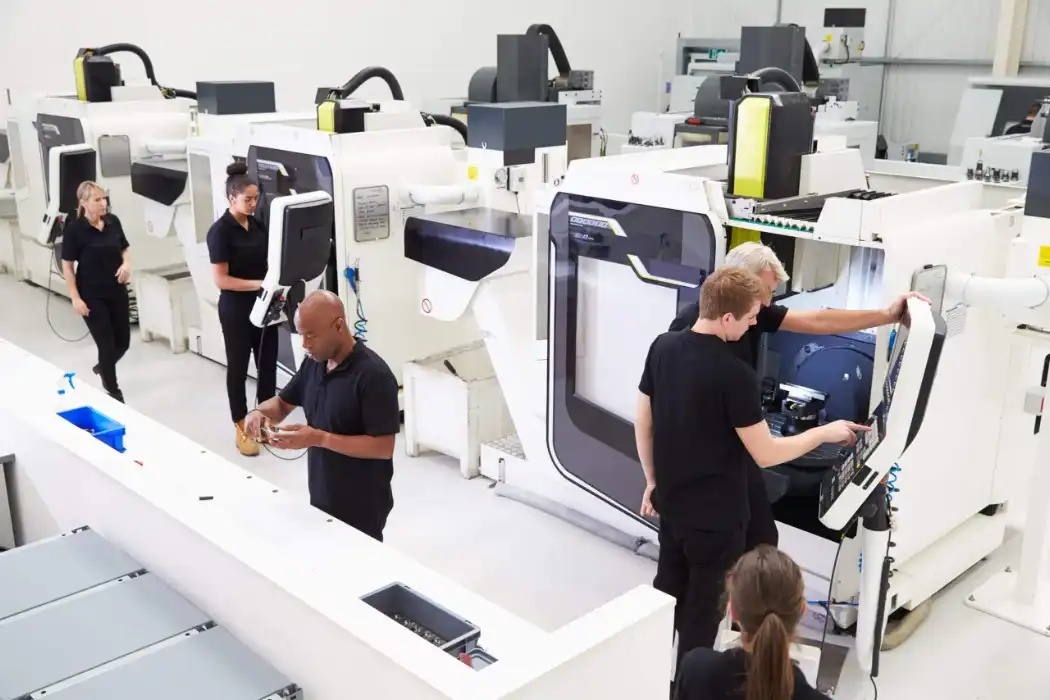Optimizing Machining Process Parameters
Selecting Appropriate Cutting Speeds and Feed Rates
One of the crucial factors in preventing part deformation during aluminum CNC machining is selecting the right cutting speeds and feed rates. Machining parameters for aluminum must be adjusted differently from those for steel since the former is a softer metal. Higher cutting speeds can be used, but they must be balanced with appropriate feed rates to avoid excessive heat generation and tool wear.
Take into account these recommendations for the best outcomes:
- Use cutting speeds between 800 and 1500 surface feet per minute (SFM) for most aluminum alloys
- Adjust feed rates based on the specific alloy and cutting tool geometry
- Monitor chip formation to ensure proper cutting conditions
By fine-tuning these parameters, you can minimize the heat generated during machining, reducing the risk of thermal expansion and subsequent part deformation.
Choosing the Right Cutting Tools
The selection of cutting tools plays a vital role in maintaining aluminum CNC parts stability during aluminum CNC machining. Machining performance and deformation resistance may be greatly enhanced using aluminum-specific tools.
Before you buy cutting equipment, think about these things:
- Opt for tools with high positive rake angles to reduce cutting forces
- Use polished or coated tools to prevent aluminum buildup on cutting edges
- Select tools with appropriate flute geometry for efficient chip evacuation
Investing in high-quality cutting tools tailored for aluminum machining can lead to better surface finishes, improved dimensional accuracy, and reduced part deformation in aluminum CNC parts.

Implementing Proper Coolant Strategies
Effective coolant management is essential in aluminum CNC machining to control heat generation and maintain part stability. Here are some things to consider when purchasing cutting equipment:
Consider these coolant strategies:
- Use high-pressure coolant delivery systems for improved chip evacuation
- Opt for synthetic or semi-synthetic coolants formulated for aluminum machining
- Implement through-tool coolant delivery for deep hole drilling and complex geometries
By implementing an effective coolant strategy, you can maintain consistent temperatures during machining, reducing the risk of part deformation due to thermal stresses.
Implementing Proper Fixturing Techniques
Designing Robust Workholding Solutions
Proper workholding is crucial in preventing part deformation during aluminum CNC machining. Minimizing distortion caused by cutting forces or vibrations, a well-designed fixturing system keeps the product stable throughout machining.
Consider these workholding strategies:
- Use multiple clamping points to distribute holding forces evenly
- Implement vacuum fixtures for thin-walled or delicate parts
- Utilize custom-designed fixtures for complex geometries
By investing in robust workholding solutions, you can significantly reduce the likelihood of part movement and deformation during machining.
Minimizing Clamping Forces
While secure workholding is essential, excessive clamping forces can lead to aluminum CNC parts deformation, especially in thin-walled or delicate aluminum components. Achieving high-quality outcomes requires finding the sweet spot between stability and minimum distortion.
Consider these techniques to minimize clamping forces:
- Use hydraulic or pneumatic clamping systems with adjustable pressure
- Implement soft jaws or custom-made support pads to distribute clamping pressure
- Utilize 3-2-1 locating principles to ensure proper part alignment with minimal force
By optimizing clamping forces, you can prevent unwanted deformation in aluminum CNC parts while still maintaining secure workholding throughout the machining process.
Utilizing Support Structures for Thin-Walled Parts
Thin-walled aluminum components are particularly susceptible to deformation during CNC machining. To keep parts stable and avoid deformation from cutting forces or residual stresses, support structures might be employed.
Consider these support structure techniques:
- Design temporary support ribs that can be removed after machining
- Use sacrificial support material for complex geometries
- Implement fixturing systems with adjustable support points
By incorporating appropriate support structures, you can machine thin-walled aluminum parts with greater precision and reduced risk of deformation.

Utilizing Stress Relief Methods
Implementing Heat Treatment Processes
When it comes to aluminum, heat treatment is a great way to reduce internal tensions that cause deformation both before and after machining. Components may be made more stable and to exacting dimensions when cooling rates and temperatures are precisely controlled.
Consider these heat treatment approaches:
- Stress relieving: Heating parts to a specific temperature and cooling slowly to reduce residual stresses
- Annealing: Softening the material to improve machinability and reduce the risk of deformation
- Solution heat treatment: Altering the microstructure to enhance material properties and stability
Implementing appropriate heat treatment processes can significantly reduce the likelihood of part deformation in aluminum CNC machining.
Applying Vibratory Stress Relief Techniques
Vibratory stress relief (VSR) is a non-thermal method for reducing residual stresses in aluminum CNC parts. The component is vibrated in a controlled manner to increase dimensional stability and disperse internal stresses.
Consider these aspects of VSR:
- Determine the optimal frequency and amplitude for the specific part geometry
- Use VSR before final machining operations to minimize deformation
- Implement in-process VSR for large or complex components
By incorporating vibratory stress relief techniques, manufacturers can achieve more stable aluminum CNC parts with reduced risk of post-machining deformation in aluminum CNC parts.
Optimizing Machining Sequences
The order and approach of machining operations can significantly impact part deformation in aluminum CNC machining. Careful planning of the machining process allows manufacturers to maintain component stability and minimize stress buildup.
Consider these machining sequence strategies:
- Rough machine all surfaces before performing finishing operations
- Alternate between opposite sides of the part to balance material removal
- Implement intermediate stress relief steps for complex or large components
By optimizing the machining sequence, you can reduce the accumulation of internal stresses and minimize the risk of part deformation during and after the CNC machining process.

Conclusion
Avoiding part deformation in aluminum CNC machining requires a multifaceted approach that addresses various aspects of the manufacturing process. Manufacturers may considerably increase the accuracy and quality of their aluminum CNC parts by adjusting the machining settings, using the right fixturing techniques, and using stress relief procedures. Using these methods, aluminum CNC machining processes become more efficient, with decreased scrap rates and tighter tolerances being two additional benefits.
Stable Aluminum CNC Machining with Tight Tolerances | BOEN
At BOEN Prototype, we specialize in delivering high-quality aluminum CNC machining services with exceptional precision and tight tolerances. If you require dependable and accurate outcomes for your prototypes or low-volume production demands, our team of professionals can help you out. Years of knowledge and state-of-the-art milling equipment are at our disposal. Our capacity to machine complicated geometries while keeping their dimensions stable is something we take great pleasure in. With our comprehensive range of capabilities, including CNC machining, rapid injection molding, and various 3D printing technologies, BOEN is your trusted partner for all your aluminum part manufacturing requirements. Contact us at contact@boenrapid.com to learn how we can support your product development journey.
References
1. Smith, J. (2021). Advanced Techniques in Aluminum CNC Machining. Journal of Manufacturing Technology, 45(3), 178-192.
2. Johnson, R., & Williams, T. (2020). Optimizing Workholding Strategies for Precision Machining. International Journal of Advanced Manufacturing Technology, 108(5), 1235-1250.
3. Brown, A. (2019). Stress Relief Methods in Metal Fabrication. Materials Science and Engineering, 62(2), 89-104.
4. Lee, S., & Park, H. (2022). Cutting Tool Selection for High-Performance Aluminum Machining. Journal of Materials Processing Technology, 300, 117345.
5. Garcia, M., & Thompson, K. (2021). Thermal Management in CNC Machining Operations. International Journal of Machine Tools and Manufacture, 165, 103729.
6. Chen, Y., & Liu, X. (2020). Advances in Fixturing Technology for Precision Manufacturing. CIRP Annals, 69(2), 425-448.





